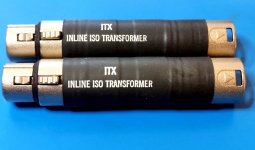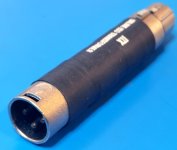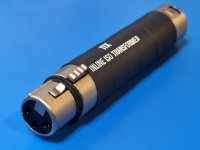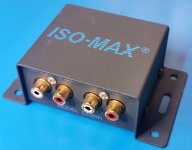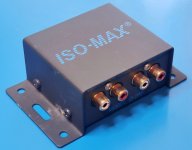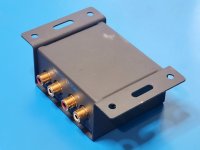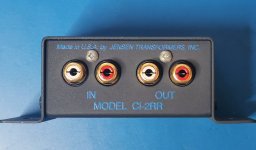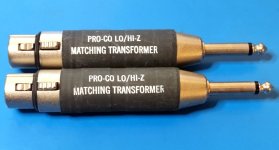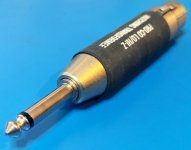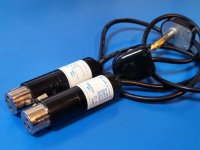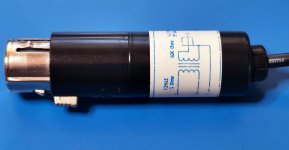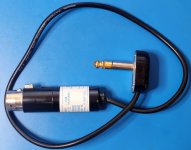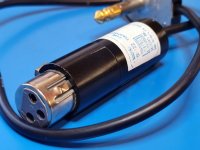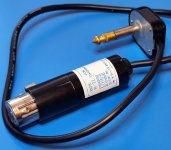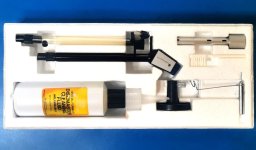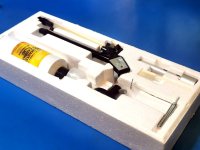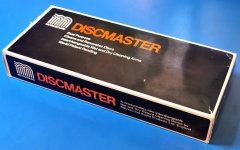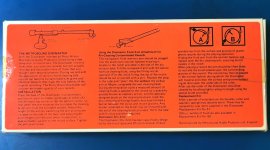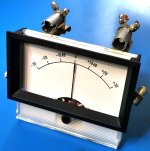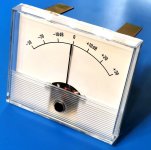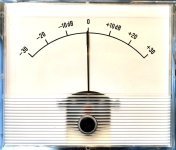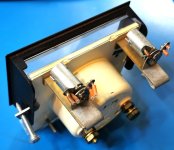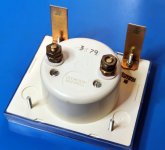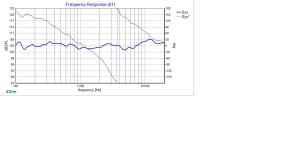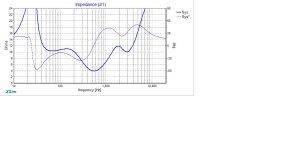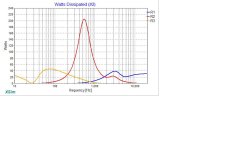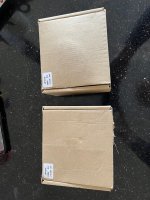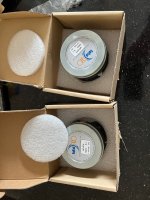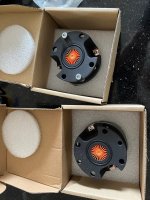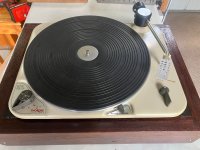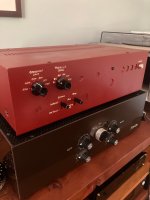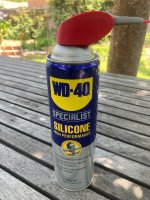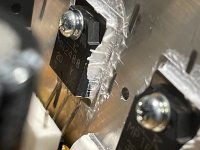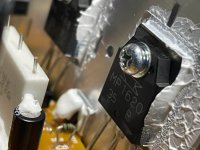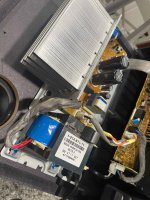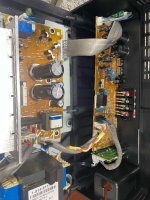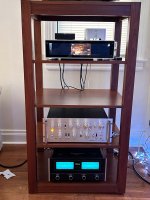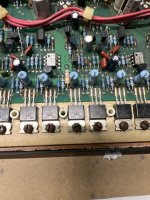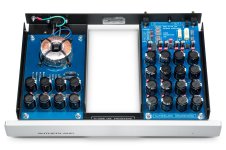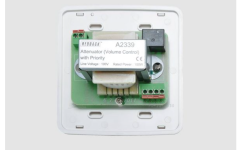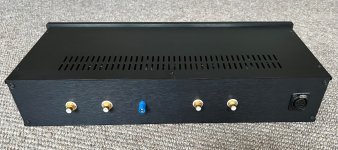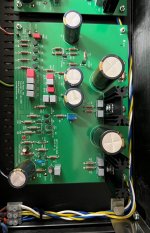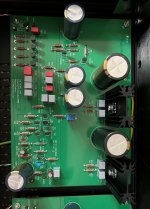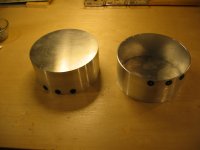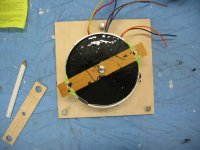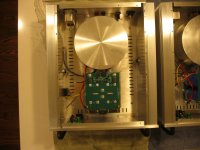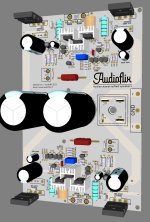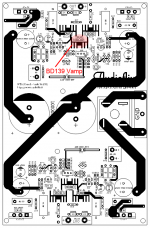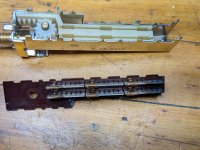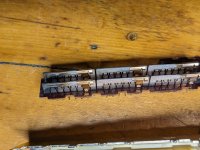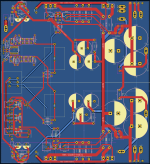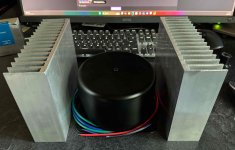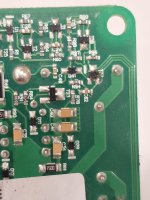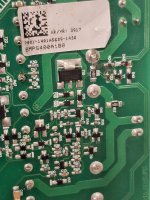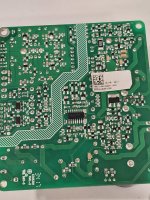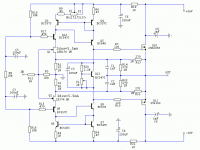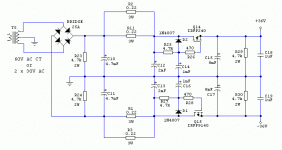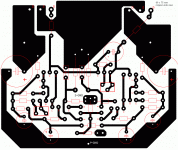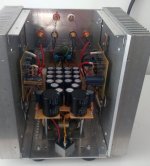Simple first order lowpass enough in front of subwoofer amp?
- By Andre G
- Subwoofers
- 9 Replies
Hello everybody!
Is a simple first order lowpass filter "good enough" in front of an amplifier that drives a subwoofer?
Or do I need a higher order LPF?
I am not talking about "getting the best sound" from the system, I just don't want to damage my new subwoofer.
I am also not asking about optimizing the crossover point or phase issues and stuff like that.
Just preventing damage from occuring.
Shouldn't the inductance of the subwoofer itself cause low frequencies to be "cut off"?
Or would passing an unfiltered high frequency signal into a subwoofer cause it to heat up and burn itself out?
Is a filter needed at all?
I know a bit about electronics but almost nothing about speakers and how to drive them.
To me they are just "magic inductors that turn current into air-movement" ;-)
Usually I just try stuff to see if it works but I don't want to scrap my new subwoofer.
A bit more information about my setup:
This is what I want to do:

Yes, it is a badly drawn sketch but it explains what I want to do.
Use a subwoofer "in parallel" with an existing system that will be set to only do mid and high frequency.
The subwoofer I have is a Behringer VP1800S (please no anti-Behringer rants, thanks).
It is rated for 1600W maximum and has a frequency range from 40Hz to 200Hz.
The amplifier is built for the full audio range and can output 400W stereo, I will use it in "bridged mode" to get 800W and a single "channel".
I will never actually push 800W through the subwoofer, that would probably destroy everything around the subwoofer ;-)
Of course I tried to search online about using simple first order lowpass filters in fron of subwoofers but I couldn't find any proper information about the topic.
Any answers would be appreciated.
Is a simple first order lowpass filter "good enough" in front of an amplifier that drives a subwoofer?
Or do I need a higher order LPF?
I am not talking about "getting the best sound" from the system, I just don't want to damage my new subwoofer.
I am also not asking about optimizing the crossover point or phase issues and stuff like that.
Just preventing damage from occuring.
Shouldn't the inductance of the subwoofer itself cause low frequencies to be "cut off"?
Or would passing an unfiltered high frequency signal into a subwoofer cause it to heat up and burn itself out?
Is a filter needed at all?
I know a bit about electronics but almost nothing about speakers and how to drive them.
To me they are just "magic inductors that turn current into air-movement" ;-)
Usually I just try stuff to see if it works but I don't want to scrap my new subwoofer.
A bit more information about my setup:
This is what I want to do:
Yes, it is a badly drawn sketch but it explains what I want to do.
Use a subwoofer "in parallel" with an existing system that will be set to only do mid and high frequency.
The subwoofer I have is a Behringer VP1800S (please no anti-Behringer rants, thanks).
It is rated for 1600W maximum and has a frequency range from 40Hz to 200Hz.
The amplifier is built for the full audio range and can output 400W stereo, I will use it in "bridged mode" to get 800W and a single "channel".
I will never actually push 800W through the subwoofer, that would probably destroy everything around the subwoofer ;-)
Of course I tried to search online about using simple first order lowpass filters in fron of subwoofers but I couldn't find any proper information about the topic.
Any answers would be appreciated.




